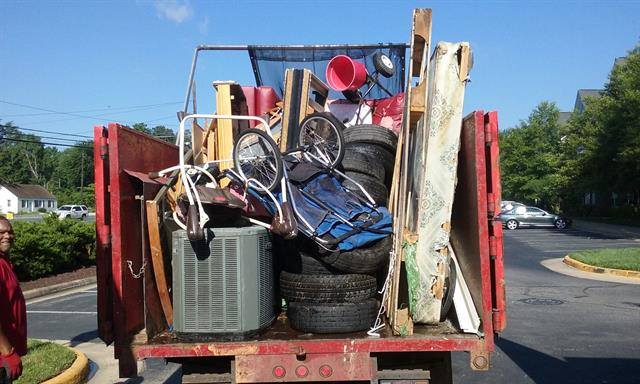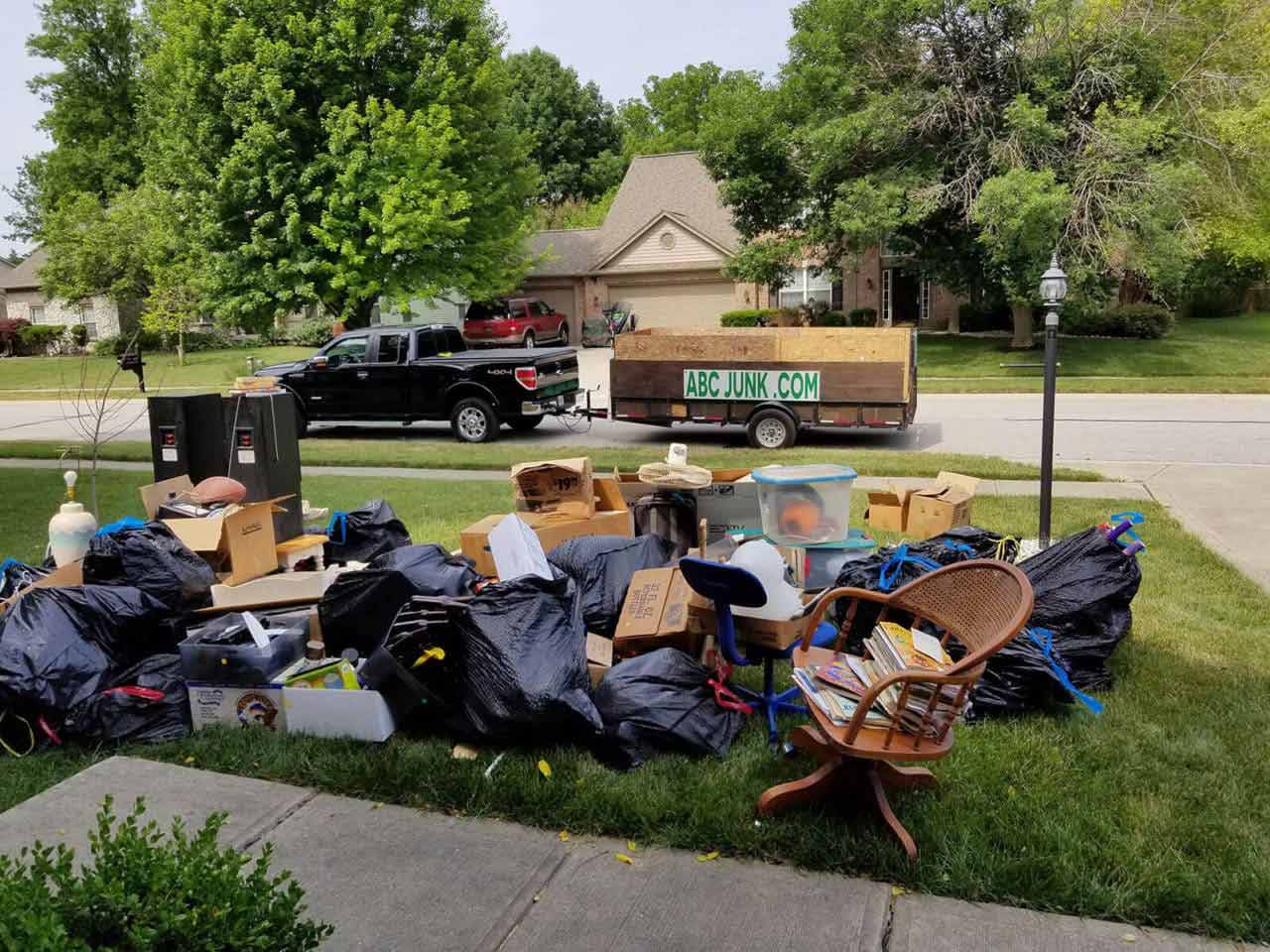Expert Waste Monitoring Methods Customized for Industrial Settings
Customizing waste management approaches to fit the distinct demands of commercial setups is not simply valuable yet important for preserving operational effectiveness and environmental sustainability. The mission for enhanced waste administration in industrial settings involves a meticulous approach that stabilizes governing conformity, cost-effectiveness, and environmental duty.
Importance of Tailored Waste Monitoring
Customized waste monitoring practices are necessary in commercial settings to optimize resource use and decrease environmental influence. Industrial operations produce a substantial amount of waste, varying from solid results to chemical pollutants, posturing a hazard to the setting otherwise taken care of successfully (Construction debris removal atlanta). By personalizing waste administration strategies to fit the specific demands and difficulties of each industrial center, business can not just abide by policies but additionally enhance functional effectiveness and sustainability
One key element of tailored waste monitoring is conducting an extensive waste assessment to recognize the types and quantities of waste generated. This evaluation permits firms to apply targeted services such as recycling programs, waste partition procedures, and waste-to-energy efforts. By understanding the make-up of their waste streams, commercial facilities can establish affordable techniques to decrease waste generation at the source, bring about long-lasting environmental advantages.

Kinds of Hazardous Waste
What are the different classifications of hazardous waste generally generated in making procedures? Hazardous waste can be identified into a number of primary classifications based on its composition and attributes. Contaminated materials is just one of one of the most essential kinds, including chemicals, solvents, heavy steels, and various other materials that posture a danger to human health and wellness or the atmosphere. This group commonly requires special delivery and disposal approaches to avoid contamination and make certain safety.
An additional usual kind of hazardous waste is non-hazardous waste, which encompasses materials like paper, plastics, and packaging waste. While non-hazardous waste may not present instant dangers, appropriate management is still vital to decrease garbage dump use and advertise recycling and sustainability methods.

Contaminated Materials Handling Treatments
Reliable monitoring of dangerous waste in industrial setups requires stringent adherence to developed dealing with procedures to reduce risks and make certain ecological safety and security. Unsafe waste handling procedures entail numerous vital steps to reduce the potential influence on human health and wellness and the atmosphere. Proper identification and classification of unsafe waste are important. This includes determining the qualities of the waste to determine the ideal handling, storage, and disposal methods.
Second of all, when identified, hazardous waste must be thoroughly set apart from non-hazardous waste to avoid contamination and make certain proper treatment. Storage of contaminated materials must abide by regulations relating to control, labeling, and compatibility to protect against leaks, spills, or various other occurrences that could endanger workers or the atmosphere.
In addition, handling procedures need to include using personal protective equipment, employee training, and see emergency situation feedback methods. Normal evaluations, surveillance, and paperwork of contaminated materials handling tasks are essential to maintaining conformity and identifying areas for improvement. By following these structured treatments faithfully, commercial facilities can successfully take care of unsafe waste and support their commitment to environmental stewardship.
Executing Effective Reusing Practices

To implement effective recycling methods, commercial centers ought to first conduct a waste audit to recognize the kinds and amounts of recyclable products generated in their operations. Based upon this audit, companies can then establish assigned recycling stations, offer suitable training to staff members on correct sorting techniques, and work together with trusted reusing partners for the collection and processing of products. Additionally, setting details recycling objectives, tracking progress, and routinely connecting with staff regarding the relevance of reusing are necessary actions to guarantee the success and sustainability of recycling efforts in commercial setups.
Surveillance and Continual Renovation
To ensure the performance and sustainability of waste management methods in industrial setups, the application of robust surveillance and constant renovation procedures is vital. Surveillance includes monitoring key performance signs (KPIs) such as waste generation rates, reusing portions, and disposal prices. Regularly evaluating these metrics permits businesses to recognize areas for enhancement and measure the success of implemented waste monitoring campaigns.
Continual renovation is crucial for refining processes gradually. It involves evaluating keeping an eye on data, recognizing inefficiencies, and carrying out changes to enhance waste monitoring practices additionally. This repetitive approach fosters a culture of recurring enhancement and innovation within the organization.
Making use of technology like waste tracking software and IoT sensing units can streamline keeping an eye on efforts, offering real-time data for notified decision-making. Staff member training and involvement additionally play a vital function additional reading in ensuring the success of tracking and constant renovation initiatives, as frontline team are usually vital players in waste monitoring processes.
Final Thought
In final thought, tailored waste monitoring strategies are important for commercial setups to find out properly handle numerous kinds of waste, consisting of dangerous materials. By executing reliable reusing methods and constantly tracking and enhancing waste management processes, markets can decrease their environmental influence and make certain conformity with guidelines. It is necessary for companies to prioritize waste administration to shield the atmosphere and promote sustainability in their operations.
Comments on “Junk Removal Atlanta: Rapid and Economical Clean-Up Providers”